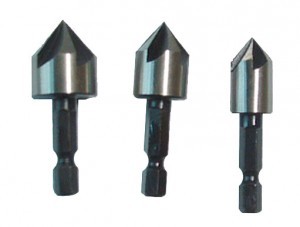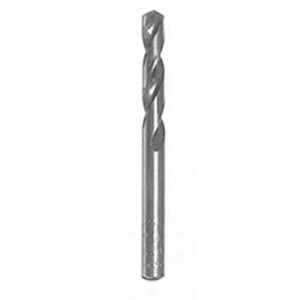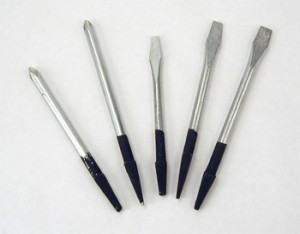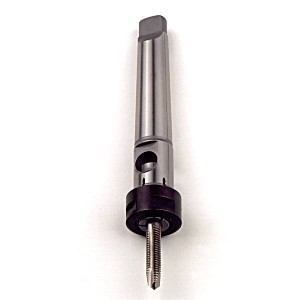Shank, besides being a funny word, a shank is very useful. Well, what is a shank? No, not the kind you find in jails. A shank is the part of a drill bit or any other bit that you insert into a drill, router or other tools that will accept a bit. For example, take a drill bit. You have the actual drill and the actual bit itself. The shank is what the drill chuck holds onto in order for the bit to stay in place. Over the years there have been many types of shank designs. This page will cover the six most common or widely used.
Hex Shank – The most common type of shank is the Hex Shank. A hex shank has 6 sides that are held into place by a chuck. The hex shank allows for high torque. While they do make different size hex shanks, the most common is the 1/4″
Straight Shank – Another common shank is the Straight Shank. These are used a lot with router bits and drill bits. As you can see by the shaft of the bit, a shank is usually the same size as the drill bit. In regards to router bit shank sizes, the most common are 1/4″ and 1/2″. One plus about the straight shank is the accuracy to centering. While with a hex you might get some wobbling, a straight should not wobble at all.
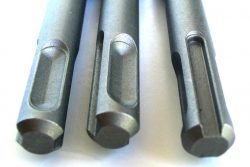 SDS Shank – The next type of shank is the SDS. One of the biggest advantages is the quick loading of these shanks. Remember, they will not fit into any chuck, the power tool has to be able to accept these types of bits. These are more common in power tools that require hammering into hard surfaces, such as rotary hammers. If you use an SDS bit you will notice that after you insert the bit into the chuck, the bit will move up and down a little. This acts like a piston, which gives the tool a better capability of hammering.
SDS Shank – The next type of shank is the SDS. One of the biggest advantages is the quick loading of these shanks. Remember, they will not fit into any chuck, the power tool has to be able to accept these types of bits. These are more common in power tools that require hammering into hard surfaces, such as rotary hammers. If you use an SDS bit you will notice that after you insert the bit into the chuck, the bit will move up and down a little. This acts like a piston, which gives the tool a better capability of hammering.
Brace Shank – Another type of shank is the Brace shank. While they are still produced today, they where one of the first types of shanks available. They are tapered at the end, so a user can jam or insert this shank into a specific tool. There was no real way to hold the bit in place, so the harder you push the bit into the tool, the better it will stay.
Morse Tapered Shank – These are primarly used in metal working. What they do is sit directly into the drill itself and are self locking. The major advange with this type of shank is very acrurate centering.
Triangle Shank – The Triangle shank is obvious because it has three sides. A triangle shank is just an alternative that is used in place of a hex shank for drills. While you do see this type, it’s not very common.

